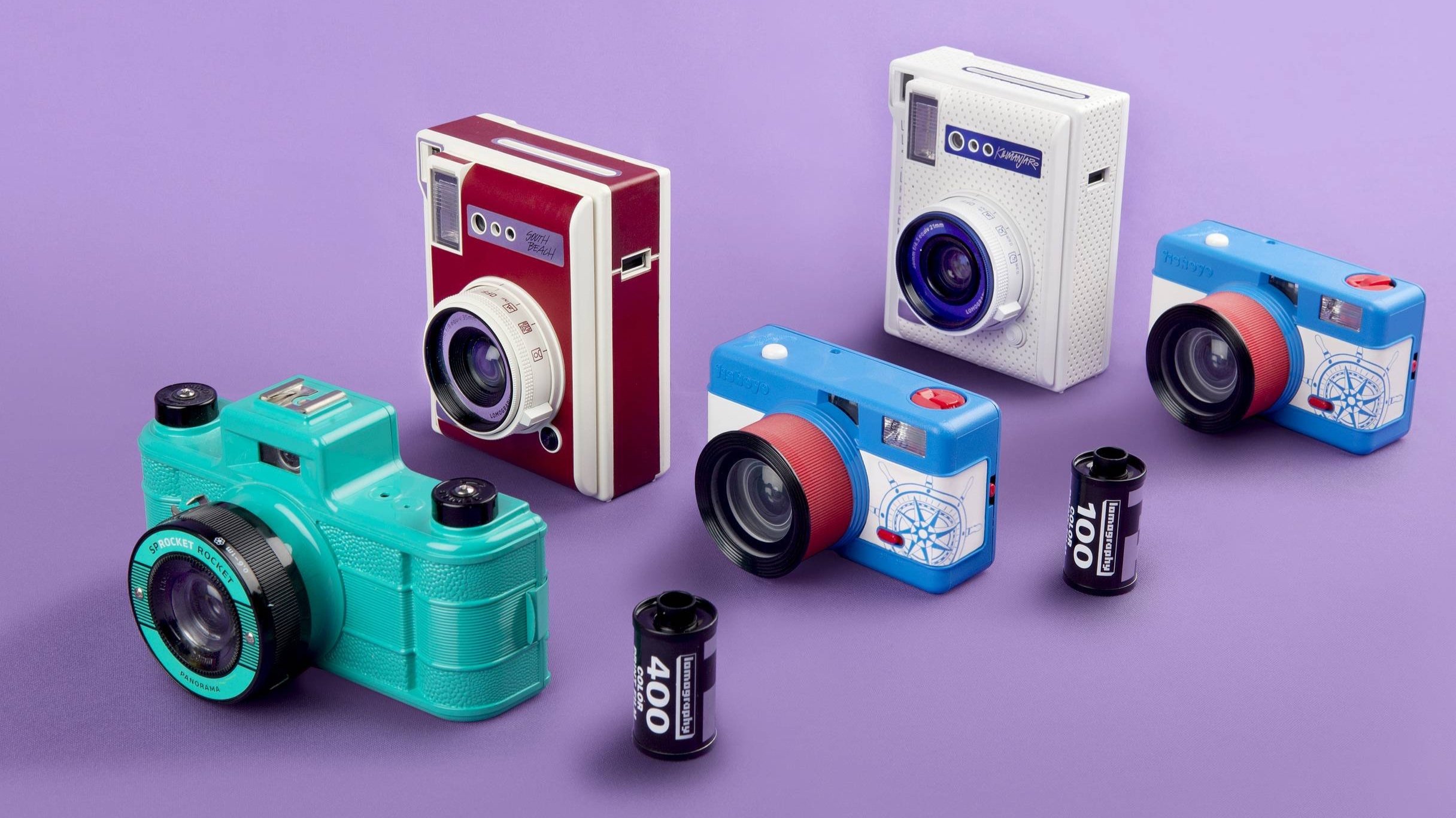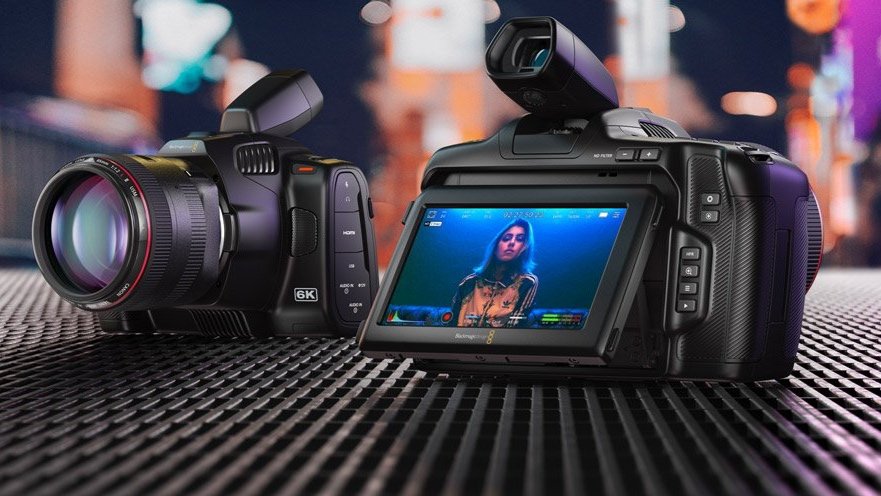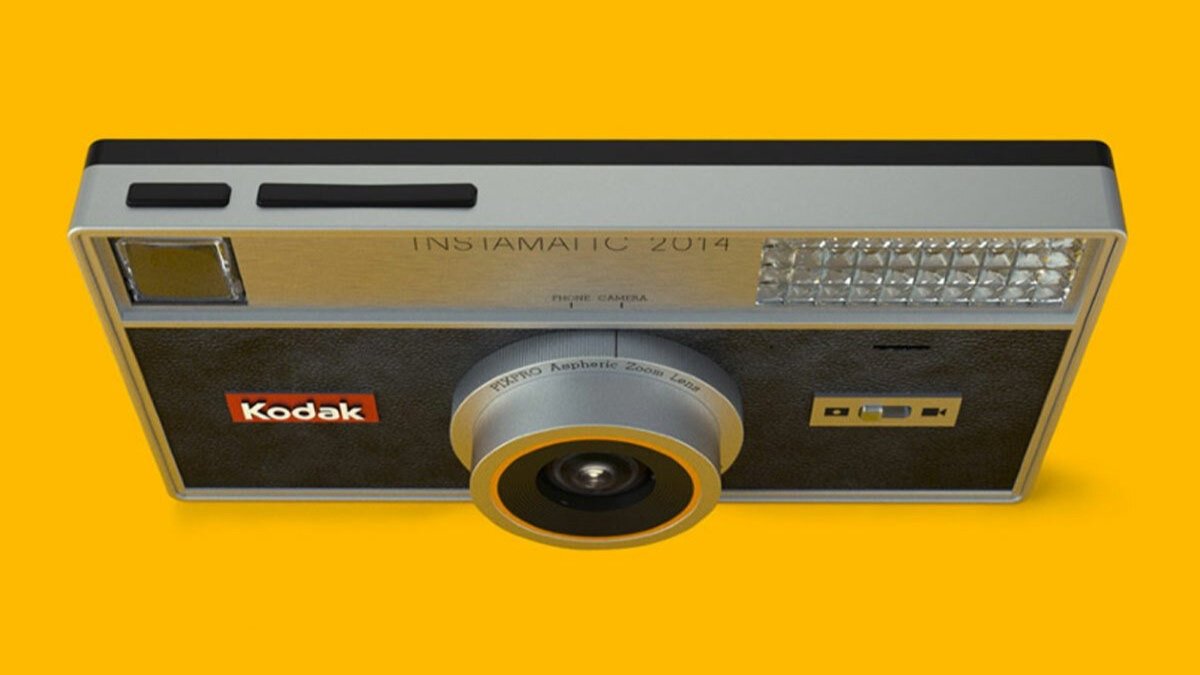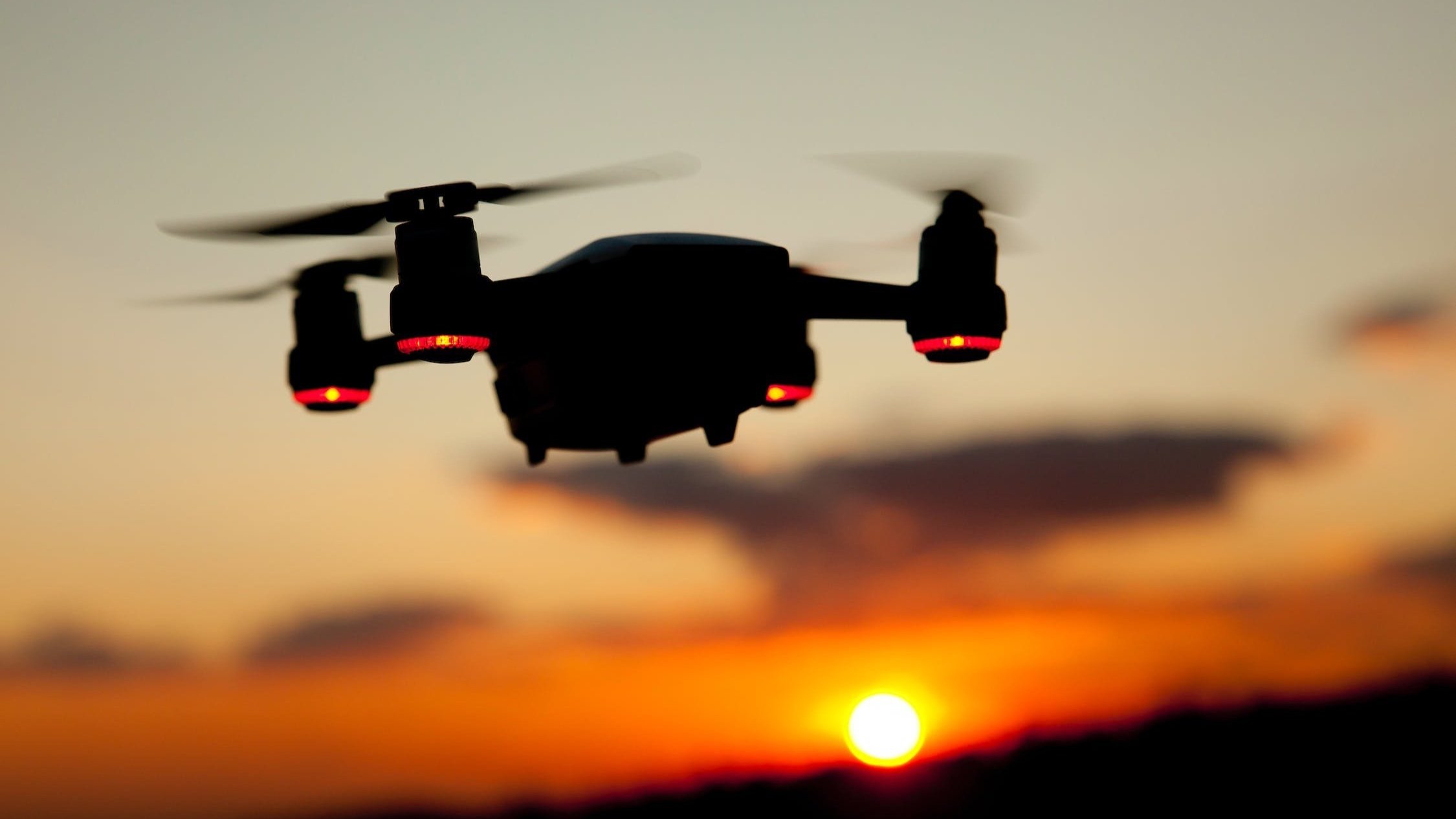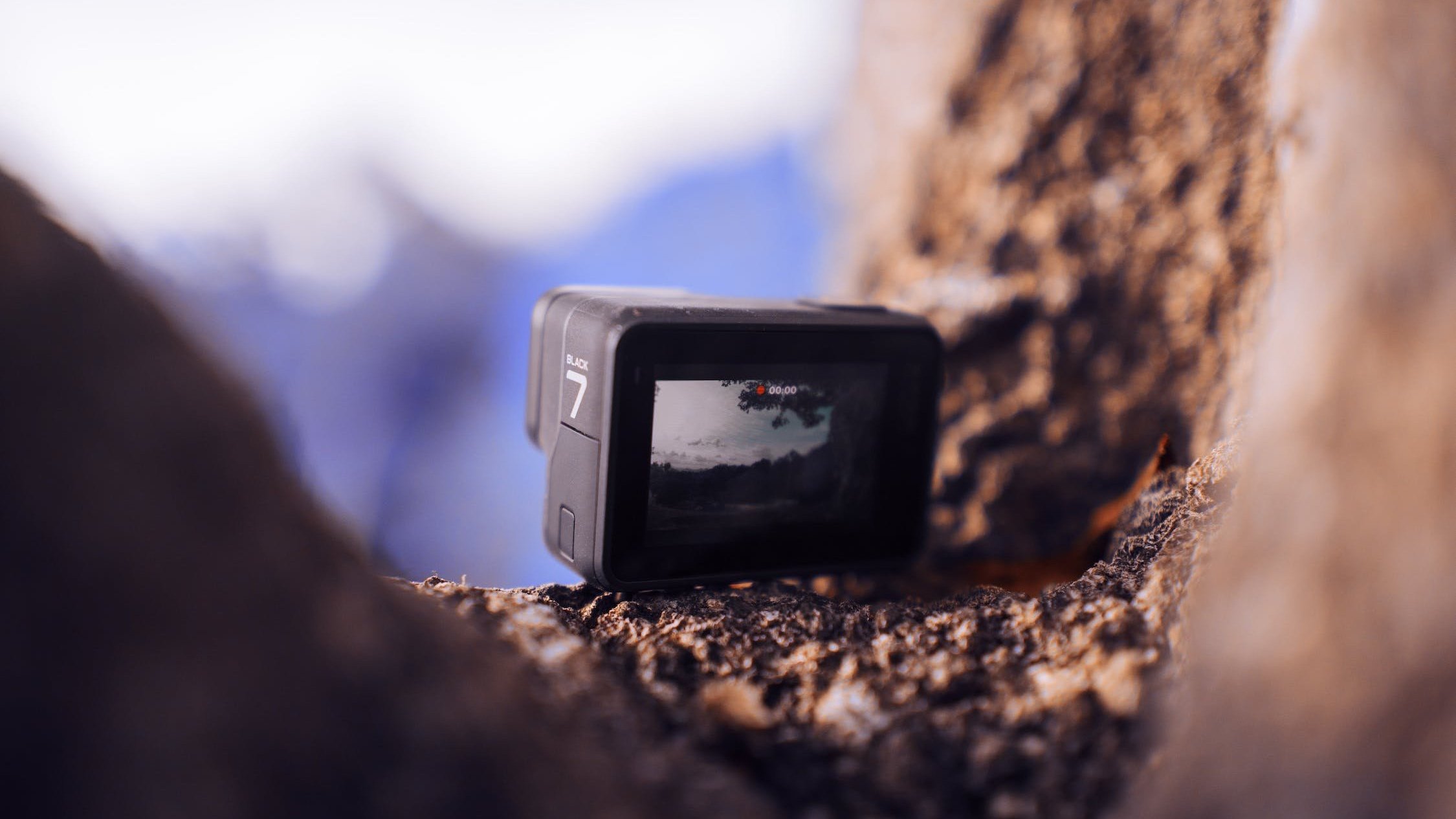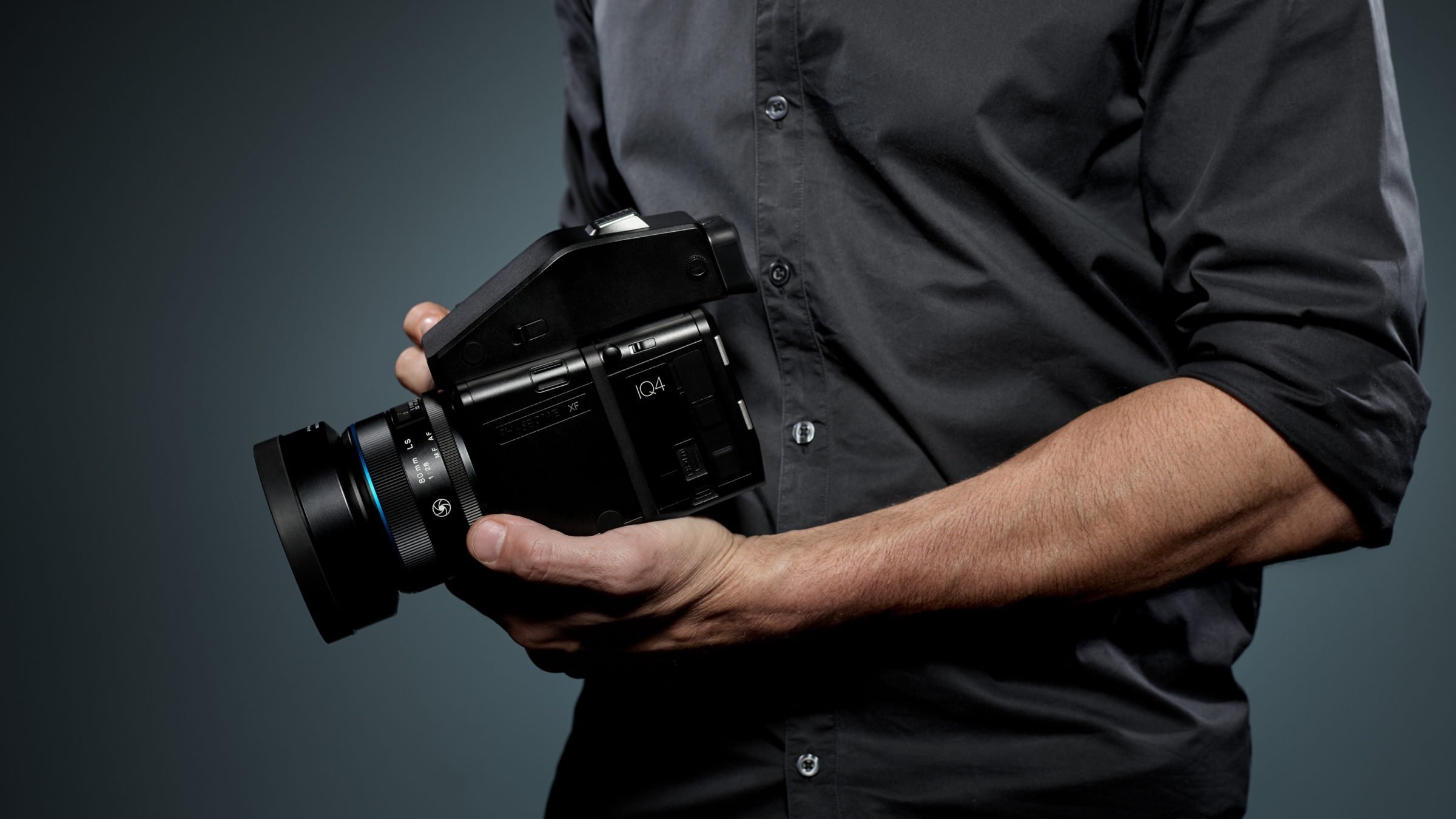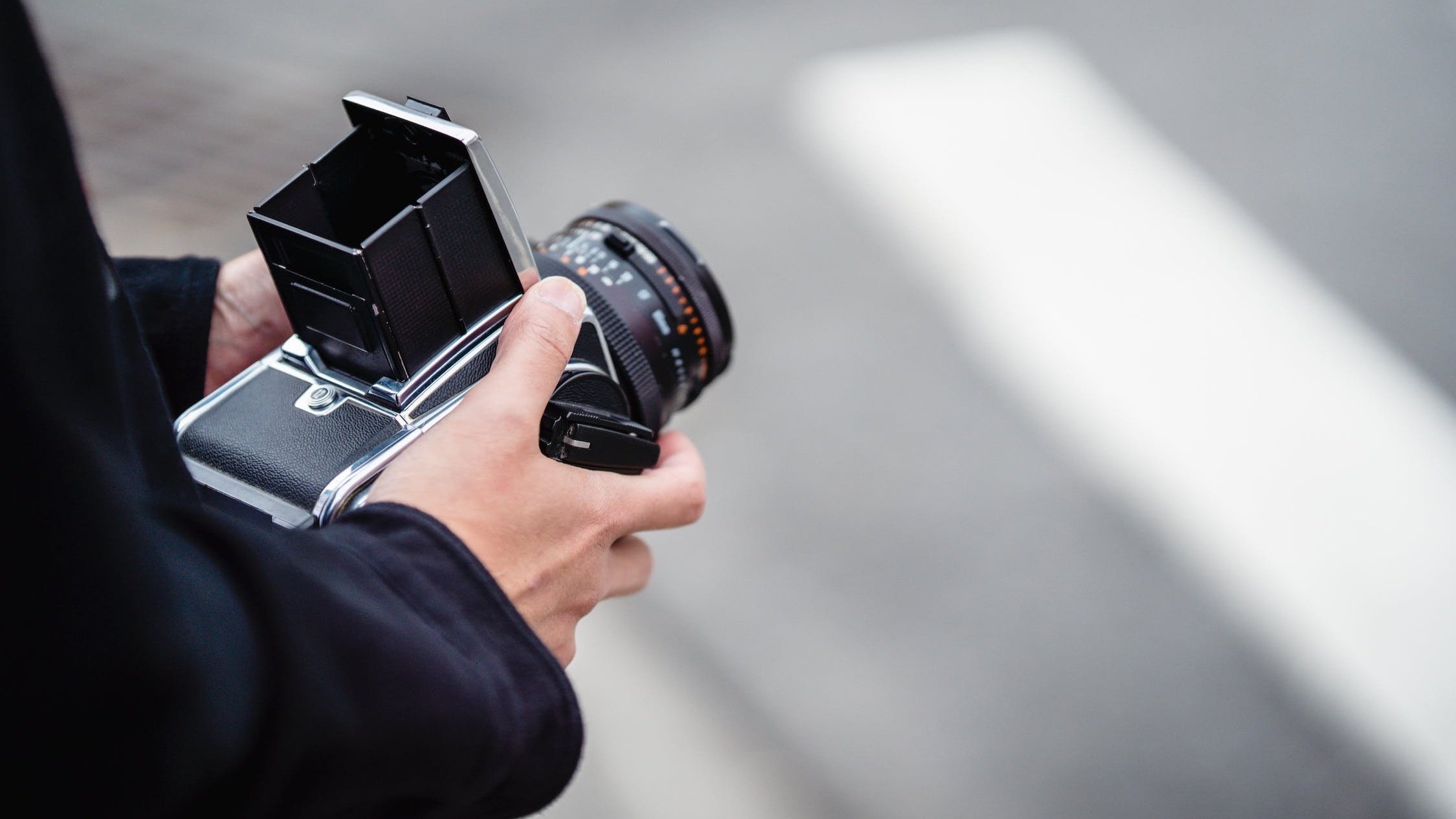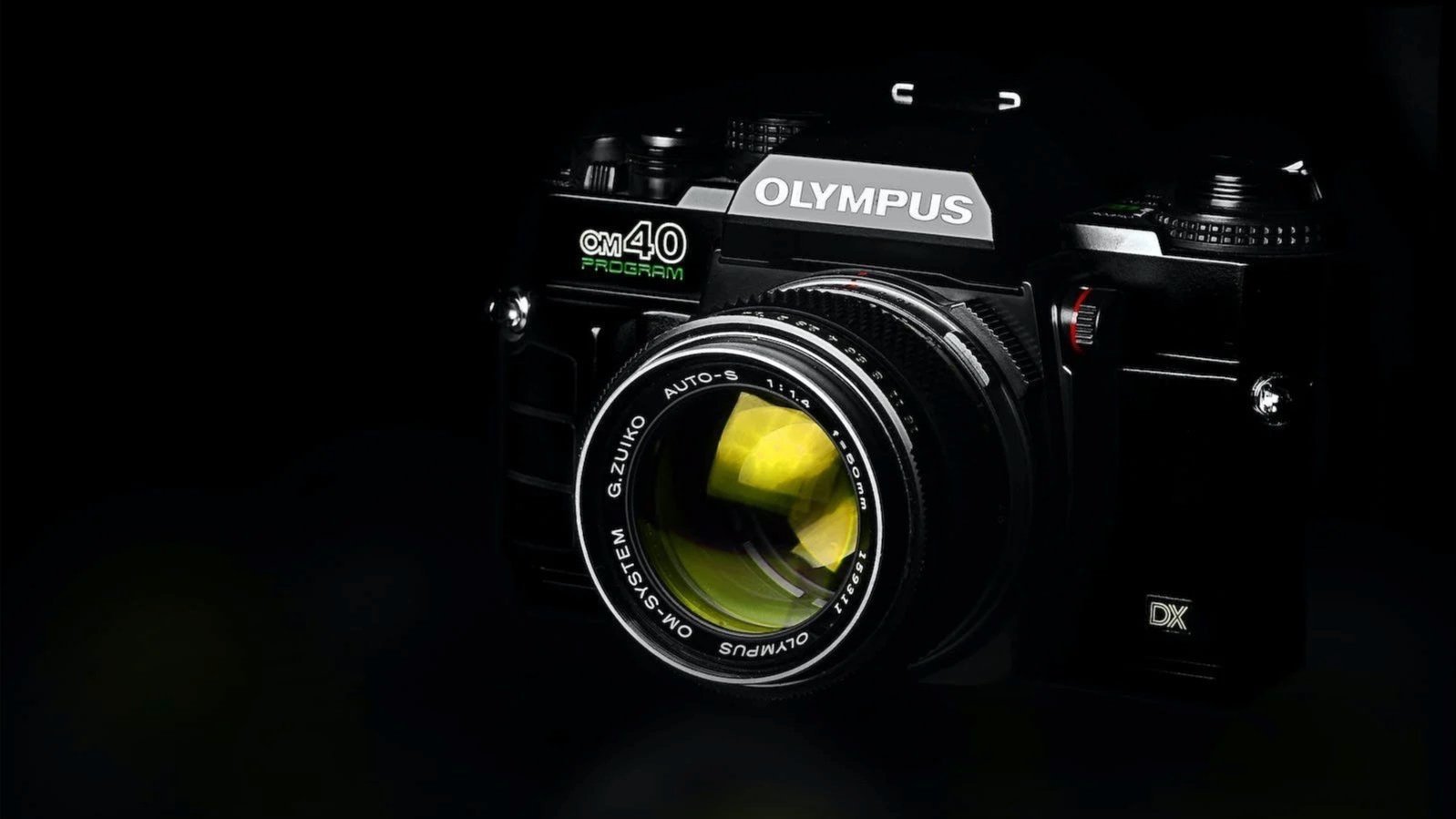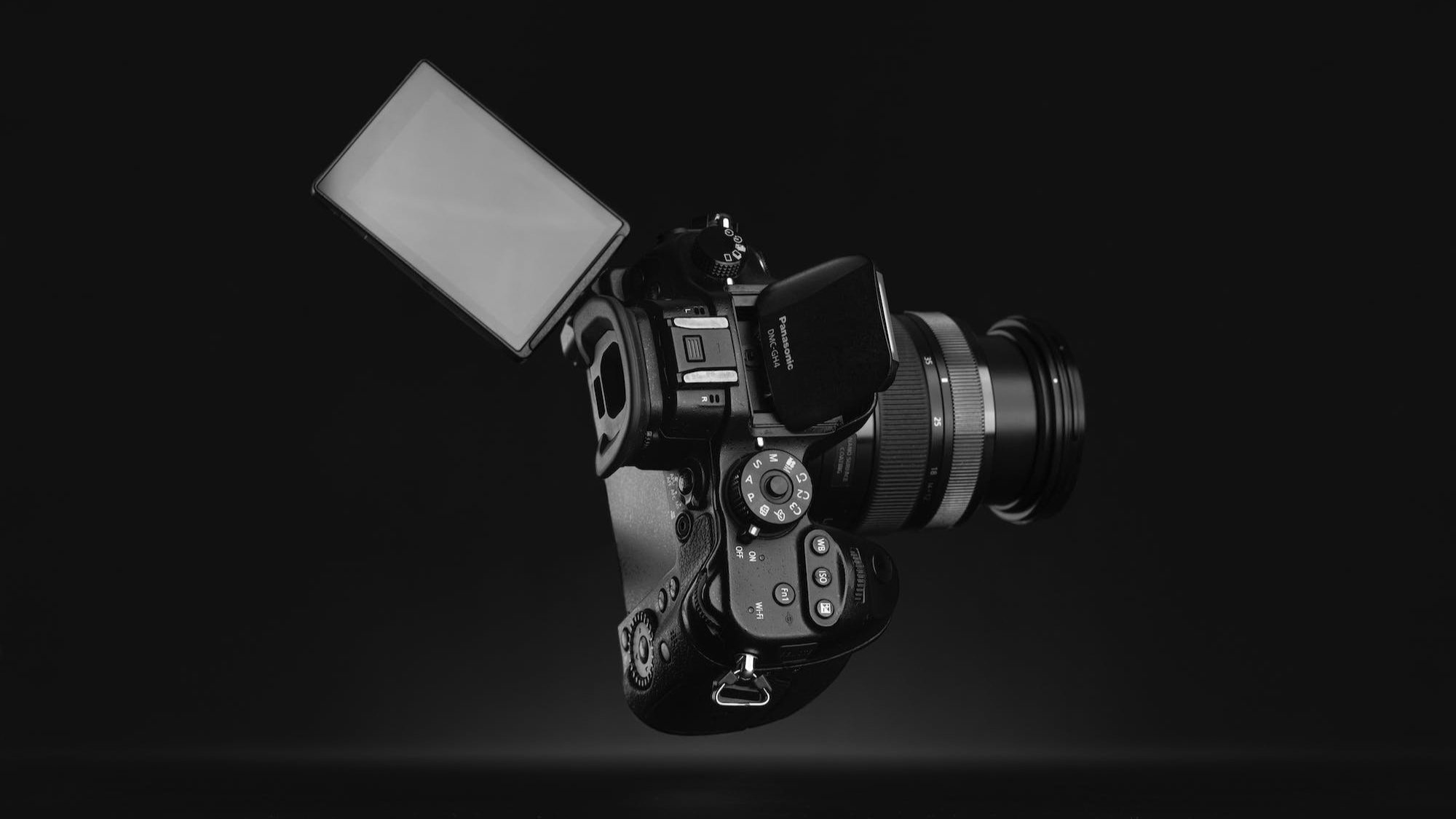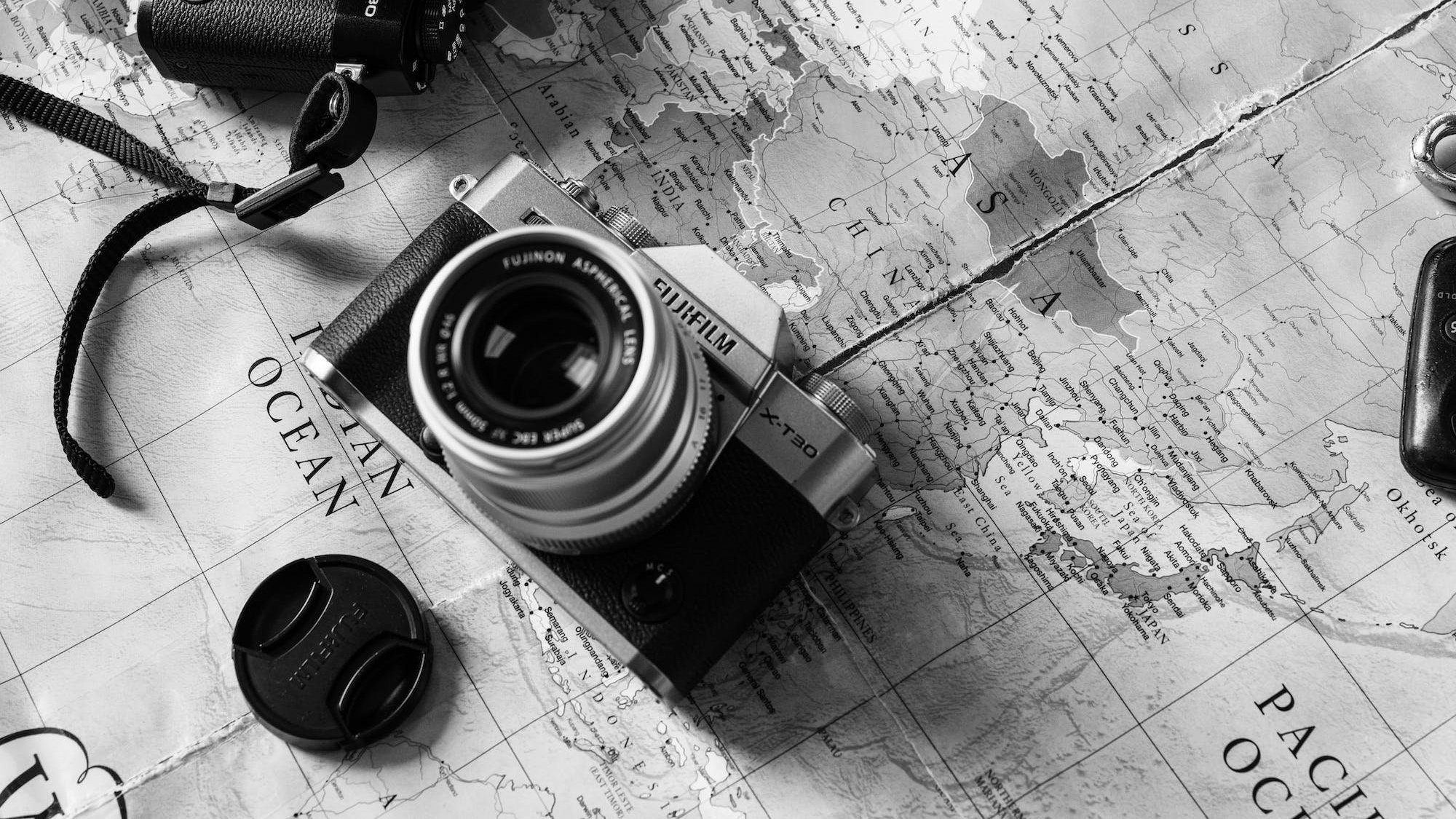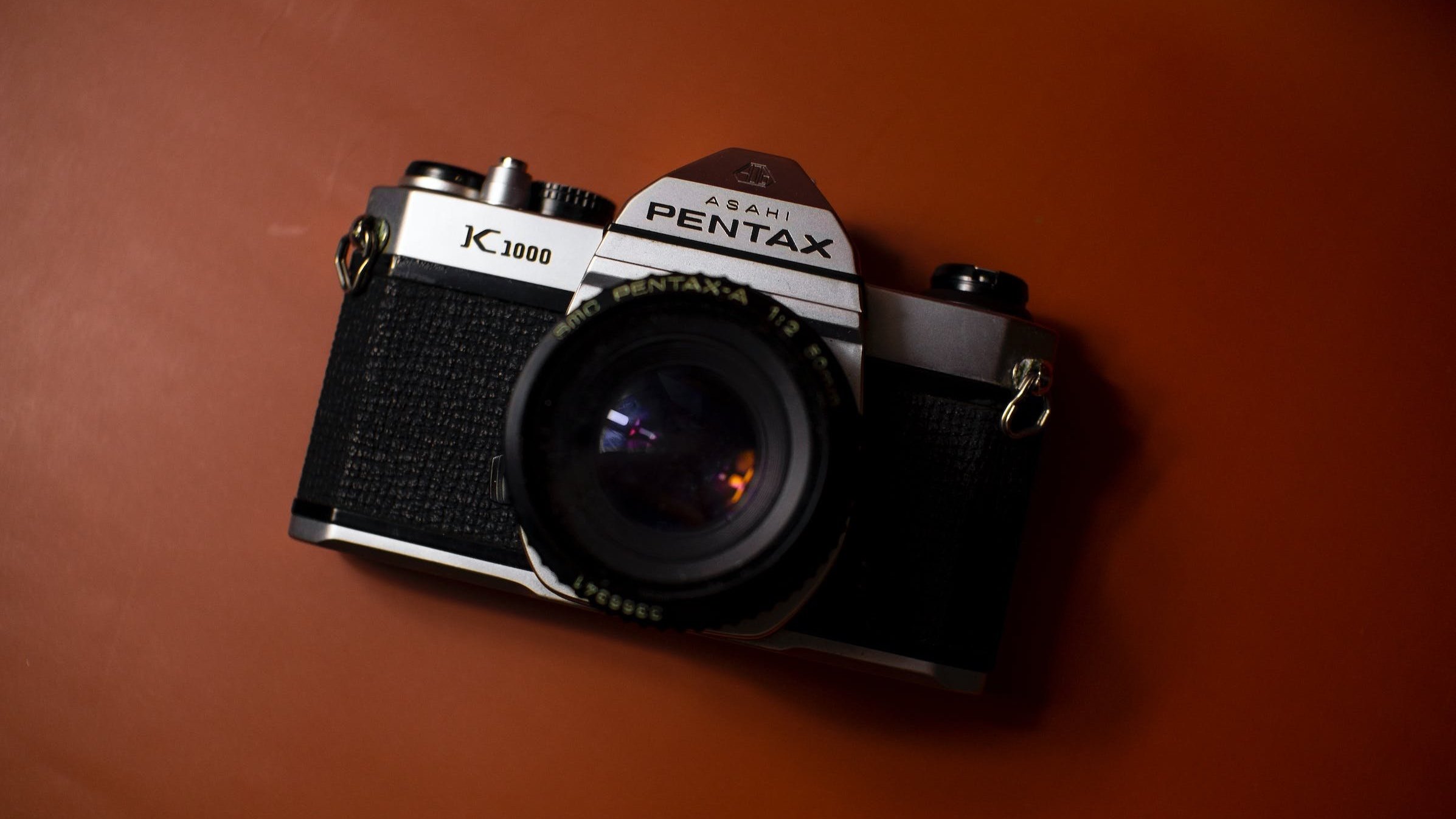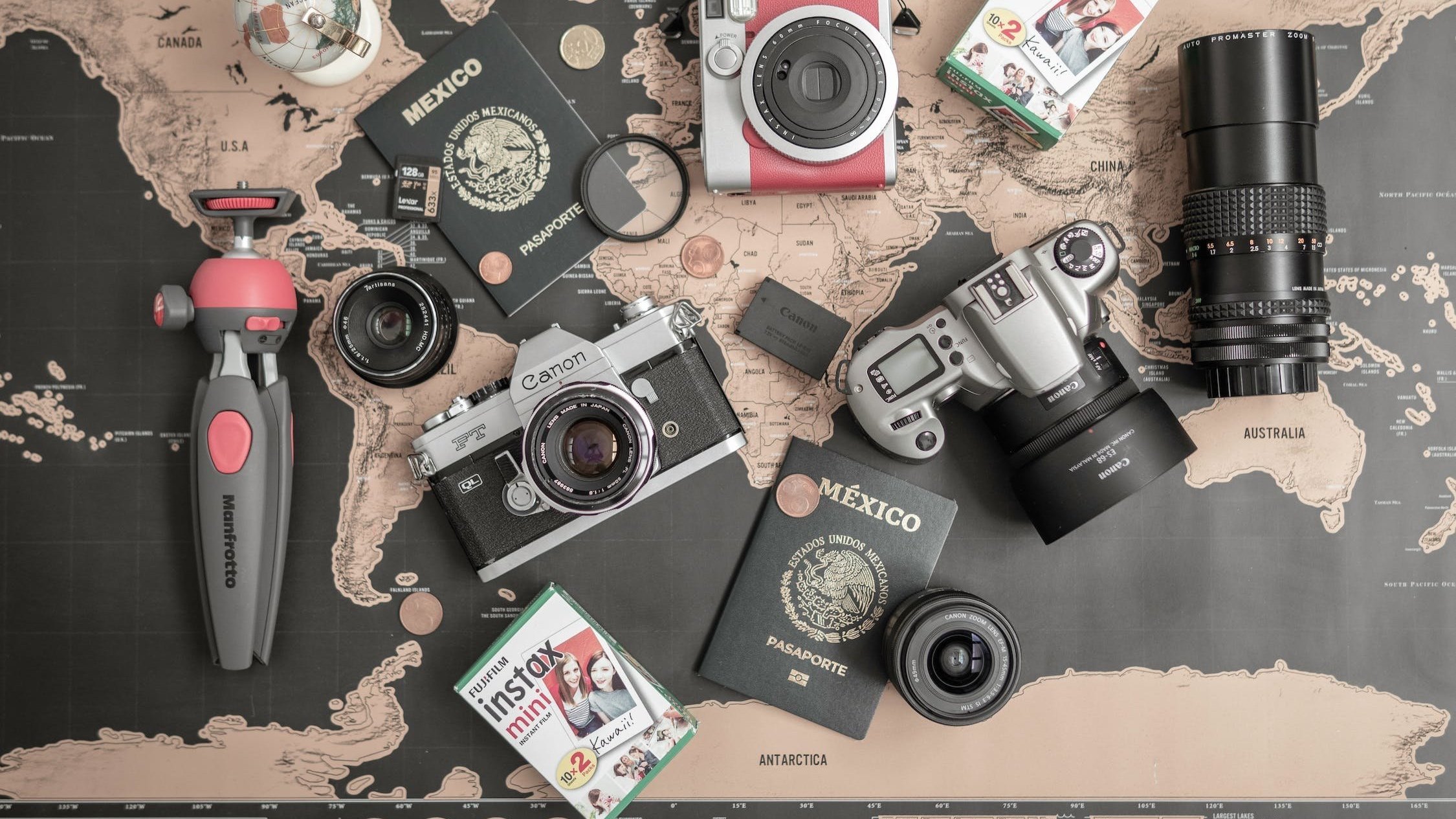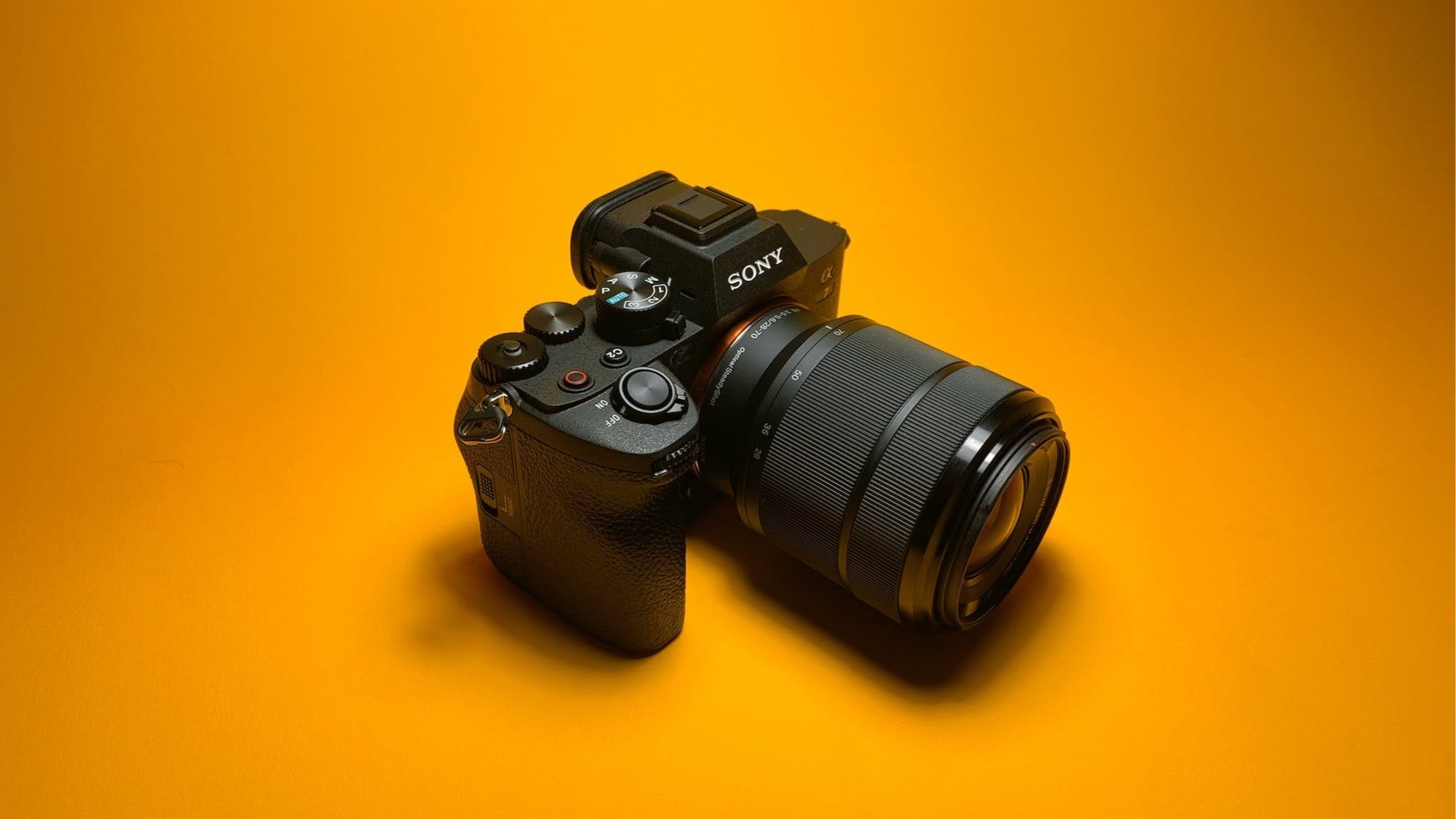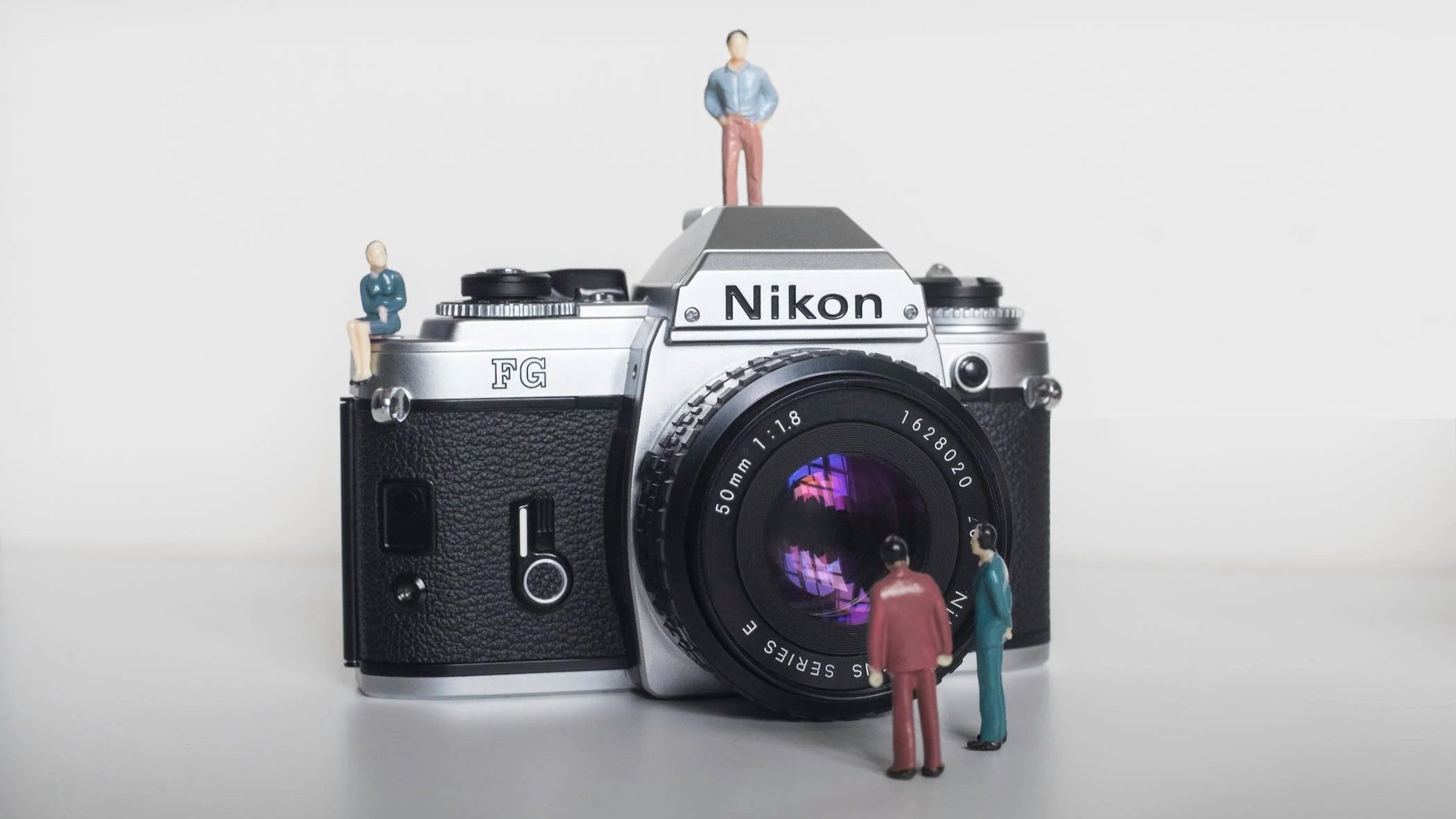History of Leica: Tracing the Origins of German Precision in Photography
Stepping into the world of photography, the name Leica undeniably holds a place of reverence. This German brand has etched its mark deep into the heart of photographic craftsmanship, producing cameras and lenses that stand as paragons of quality. Grounded in an unshakeable commitment to innovation and design excellence, Leica is more than just a brand—it's an institution that has sculpted and continues to mold the landscape of photography.
Understanding Leica's journey, from its genesis to its present-day stature, is to appreciate the remarkable tapestry of ingenuity and artistry woven into each Leica camera. Let's embark on this exploration together.
The Founding and Early Innovations (1910s-1930s)
Leica's journey started in the early 20th century, when Ernst Leitz II decided to diversify his microscope manufacturing business. The year was 1913, and a master mechanic named Oskar Barnack, who worked at Leitz, had developed the Ur-Leica, a prototype compact camera that used 35mm cinema film, a revolutionary concept at the time. The outbreak of World War I delayed the project, but in 1925, the Leica I was finally introduced to the market, setting the stage for the rise of 35mm photography.
The Leica I was a game changer. It was compact, easy to use, and leveraged the 35mm film format, which enabled photographers to capture a significant number of shots without having to change the film. This was a revolutionary advancement that set the bar high for other camera manufacturers and had a profound impact on the world of photography.
Another significant contribution to photography was Leica's rangefinder design. As part of their commitment to perfecting photographic technique, the company developed a series of rangefinder cameras that offered unprecedented accuracy in focus and composition. These early Leica rangefinders, known for their precision and image quality, were instrumental in cementing Leica's reputation as a leading camera manufacturer. This era of innovation established Leica as a pioneer, and set the foundation for its continued influence on the photographic industry.
Post-War Expansion and Technological Developments (1940s-1960s)
The post-war era was a time of growth and advancement for Leica. One of the standout models from this period was the Leica M3, introduced in 1954. The M3 was the first model in the iconic M series, marking the shift from screw-mount to bayonet-mount lenses. This camera was notable for its combined rangefinder and viewfinder system, which offered superior focusing and framing capabilities. The M3, with its robust build and excellent optics, quickly became a favorite among professionals and enthusiasts alike, solidifying Leica's position in the market.
During this period, Leica also devoted substantial resources to the development of high-quality lenses and accessories. The company introduced a series of notable lenses, such as the Summicron 50mm f/2, that were lauded for their optical performance, build quality, and distinctive 'Leica look'. These lenses, along with an array of other accessories like viewfinders and light meters, expanded the capabilities of Leica cameras and allowed photographers to customize their gear to fit their specific needs.
Another important aspect of this era was Leica's impact on photojournalism and documentary photography. The compact size, quiet operation, and excellent image quality of Leica cameras made them ideal tools for capturing candid moments and documenting world events. Iconic photographs of the 20th century, including many that defined the genre of street photography, were shot on Leica cameras. These images not only shaped public perception of world events, but also underscored the importance of Leica's contributions to the field of photography.
The Rise of SLR and the R Series (1970s-1980s)
In the 1970s, as the photography world was increasingly dominated by Single-Lens Reflex (SLR) cameras, Leica made a strategic move to ensure its place in the evolving landscape. This period saw the introduction of the Leica R series, marking the company's significant expansion into the realm of SLR cameras. The R3, launched in 1976, was the first model in this new line, and it was developed in collaboration with Minolta. This was a departure from the rangefinder models Leica was traditionally known for and marked a new chapter in the company's history.
During this period, Leica also made a significant contribution to camera technology as a whole by developing an autofocus system in 1976. This innovative step forward would later become a cornerstone of modern photography. However, in an unfortunate turn of events due to financial difficulties, Leica sold this groundbreaking technology to Minolta. The decision, while necessary at the time, meant that Leica missed out on capitalizing on one of the most transformative technologies in photography's transition to the digital age.
The M series, however, continued to be a crucial part of Leica's portfolio during this period. The M4, M5, and M6 models, each with its unique features and advancements, carried the torch of the prestigious M lineage. Despite the changing trends, these rangefinder cameras continued to hold their appeal among a segment of photographers who appreciated the unique aspects of the 'Leica feel'.
In the broader professional photography market, Leica maintained a distinctive position during this era. The brand was often associated with high quality, precision, and a certain kind of photographic purity. Leica cameras were, and still are, highly regarded for their mechanical excellence, superb optics, and the unique user experience they offer. Even as the market dynamics shifted, Leica's commitment to quality helped it retain a dedicated following among professionals and enthusiasts alike.
Navigating the Shift to Digital (1990s-2000s)
As the 1990s dawned, the photography world was on the cusp of a digital revolution. Leica, with its storied legacy in film, faced the challenge of adapting to this new era. The company's first foray into the digital realm came in 1996 with the Leica S1, a high-end, professional digital camera that featured a scanning sensor. The S1 was an ambitious project that showcased Leica's commitment to maintaining high image quality in the transition from film to digital.
In the early 2000s, Leica further expanded its digital offerings with the Digilux series. These cameras, developed in partnership with Panasonic, were aimed at a broader consumer market. While they didn't offer the same level of manual control as Leica's rangefinders, the Digilux cameras were appreciated for their build quality, distinctive design, and the integration of Leica's renowned optics.
However, the most significant development in Leica's digital evolution was the introduction of the Leica M8 in 2006. As the first digital camera in the legendary M series, the M8 represented a marriage of Leica's traditional design ethos with modern digital technology. Despite some initial challenges, the M8 and its successors proved that Leica could successfully translate the rangefinder experience to the digital age, thus reassuring the brand's dedicated followers while also attracting a new generation of photographers.
Modern Era and the Continuation of Tradition (2010s-Present)
As we fast-forward to the present day, Leica continues to marry tradition with innovation. The past decade has seen the introduction of new product lines that have left indelible marks on the industry, particularly the Leica Q and SL series. The Q series, launched in 2015, brought with it a full-frame compact camera with a fixed lens, blending portability with high-quality imaging. On the other hand, the SL series, Leica's foray into the world of mirrorless cameras, demonstrated the brand's commitment to staying at the forefront of technological trends without compromising its design ethos.
In the M series, the tradition has been carried forward by the M10 and the M11. The Leica M10, introduced in 2017, was hailed as a significant return to the classic 'M' philosophy, with a slimmer design and a more focused set of features. Fast forward to 2022, and we saw the launch of the M11. This model, while retaining the distinctive characteristics of the M series, brings several notable advancements, including a higher resolution sensor and enhanced usability features.
Leica's impact on the photography industry extends beyond just the products it offers. The brand's emphasis on the essence of photography - the act of seeing and capturing - has played a significant role in shaping the discourse around photographic practice. Furthermore, the company's commitment to craftsmanship and mechanical excellence has continued to set a benchmark for quality in the industry.
In summary, the current era of Leica's history is characterized by a continuation of tradition but also a willingness to innovate and adapt. The brand remains a significant player in the industry, offering products that cater to a diverse range of photographers, from professionals to enthusiasts, all the while staying true to its core values.
Leica has been more than just a manufacturer of cameras and optical instruments. It has been a standard-bearer for quality, a pioneer in innovation, and a proponent of the craft of photography.
The story of Leica is one of continuous evolution while remaining rooted in its foundational philosophy. The brand's journey from the invention of 35mm film format to the present day, filled with myriad technological advancements, is marked by a steadfast commitment to excellence in design, craftsmanship, and performance. This dedication, combined with a deep understanding of photographers' needs and expectations, has enabled Leica to produce cameras that are celebrated not just for their mechanical excellence and image quality, but also for the unique user experience they offer.
Check out also other brands










